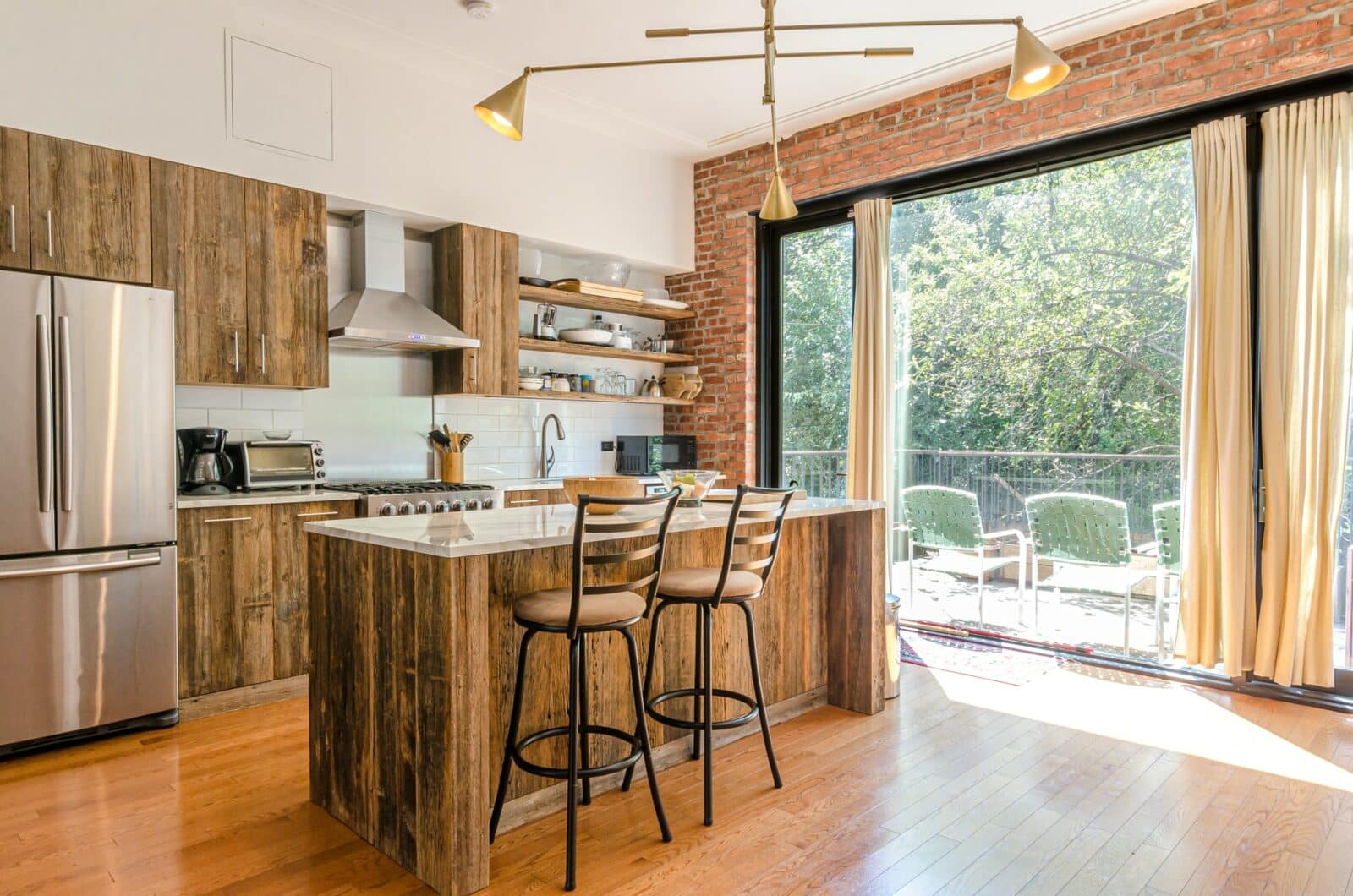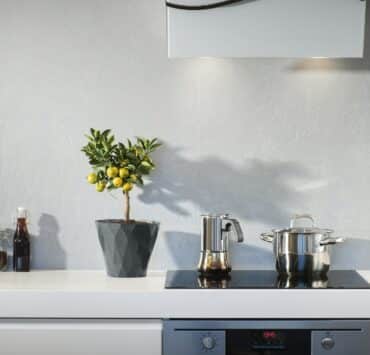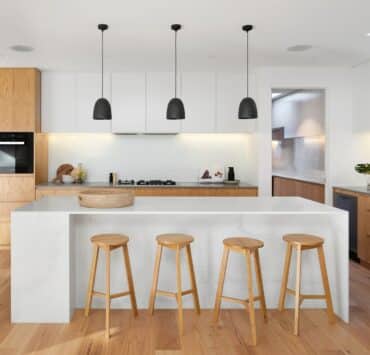A kitchen island is a freestanding platform set right at the center of your kitchen. Its addition modernizes your kitchen and offers extra space for carrying out your day-to-day kitchen chores like chopping, blending, processing, etc. If a kitchen island’s addition lends your kitchen some more working space and enhances its functionality, certain typical kitchen island mistakes can give you the opposite results.
Let’s have a look at some of the top kitchen island mistakes that you should avoid making while remodeling your kitchen.
A Large Kitchen Island
Being a freestanding central cabinet, consumers often get inclined towards the enormously sized kitchen islands. This may hold well, considering a kitchen island is the primary attraction of your kitchen. But here’s a catch.
The size of a kitchen island depends upon the size and layout of your kitchen. If your kitchen isn’t suitable to house a large island, it will make you feel cramped in space. Hence, always measure out the ideal measurements to design a perfect kitchen island for your kitchen.
As a thumb rule, always have a clearance of at least 1-1.20 meters from all sides of the kitchen island for your standard shape kitchens. For instance, in a U-shaped kitchen, a clearance of around 3 meters is sufficient to curb crampedness inside the kitchen. Remember, a kitchen island isn’t a good addition for more narrow and small kitchens. Not only does an oversized kitchen island affect the functionality it will also add to your kitchen island costs.
Choosing a Small Kitchen Island
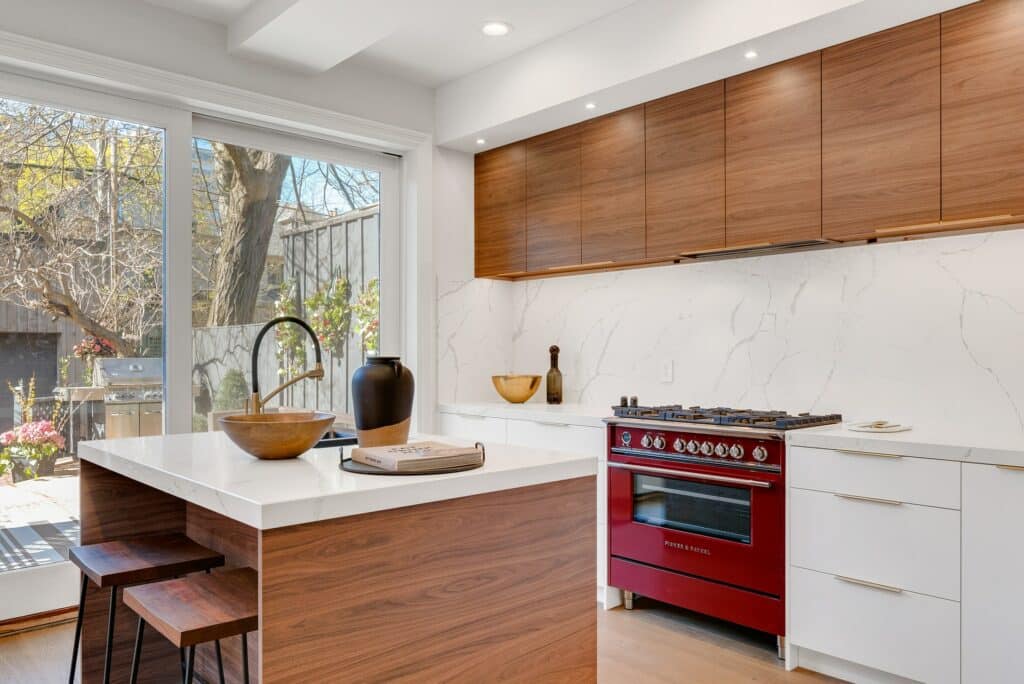
If not an oversized kitchen island, other owners go with way too small-sized ones. This is as prominent a mistake as having an oversized kitchen island. Since a kitchen island is utilized for executing day-to-day kitchen chores, you can not go ahead with its small and insufficient size. Doing this will leave your kitchen space short of its basic functionality and purpose.
Hence, it will act as a space-consuming liability to your kitchen. This issue is common among small kitchen remodel mistakes. Hence, have a word with your interior designer regarding the kitchen island’s best size that could fit in your kitchen and avoid this usual kitchen island mistake.
Lack of Basic Features and Functions
A kitchen island is incomplete if you do not add basic features such as a sink, water, and power connection. As kitchens are getting more tech-savvy and modern, you should look forward to remaking your kitchen island into a more creative place. Some essential and time-saving additions to an island include a power connection, plumbing connections (if there’s a dishwasher), etc.
Too Many/Fewer Bar Stools Around the Kitchen Island
Choosing the wrong quantity of bar stools is among the top kitchen island mistakes. Since a kitchen island acts as a separate kitchen corner, it can accommodate bar stools around it. The number of bar stools around your kitchen island relies upon its dimensions and the leftover kitchen space. If the island is portable and centered in a small kitchen, have limited stools and vice-versa.
Remember, it’s not mandatory to sit around the kitchen island as it’s first a working/cooking area and then anything else. The kitchen island is for only those working inside the kitchen and not for every other family member to encircle it for chit-chat or pass the time.
Improper Lighting
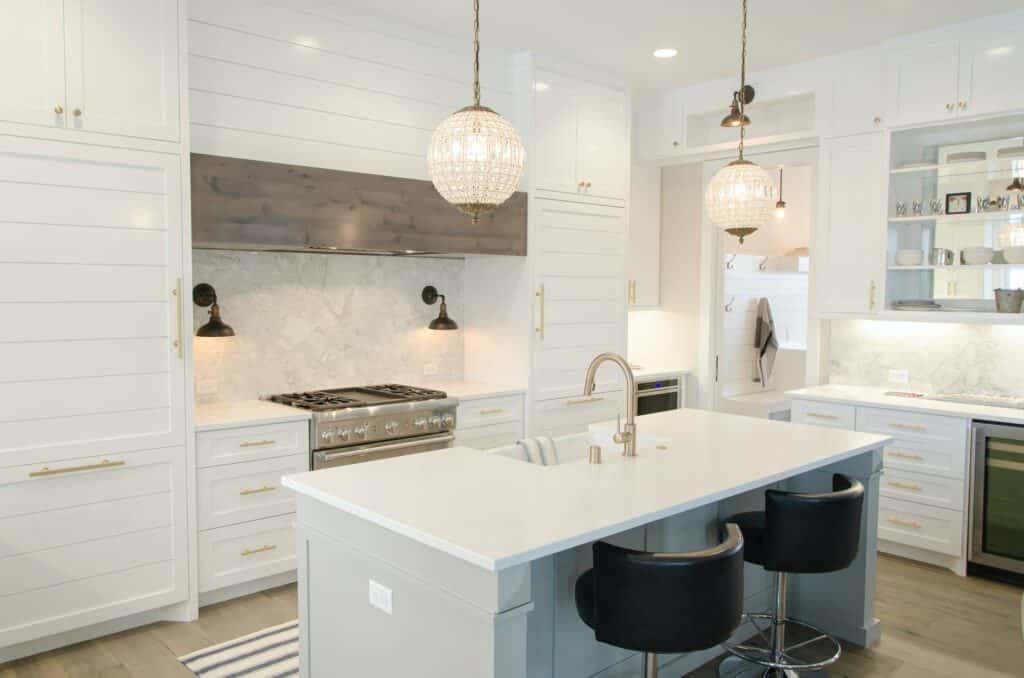
If your kitchen island doesn’t have at least one of the basic kitchen lighting types, you are committing a serious kitchen island mistake. To magnify your kitchen island’s aura and get an impression of having one, invest in some good lighting around or over it. Now, you can go with the overhead pendant lights, bottom lights, or light from the sides falling over the island.
Since a kitchen island is a central point of your kitchen, it must have distinct lighting. You can move with overhead light intensity adjustable lights to diversify the light vigor from dim to high.
Remember the Purpose
What goal will the kitchen island attend to? Is it for cooking, rinsing silverware, prepping, or for something unique? These are the type of questions you should ask while planning your kitchen island. Usually, a kitchen island finds applications in storage, prepping, cooking, serving, and washing up the utensils.
Each of these compels separate add-ons. For example, if it’s for washing, you will need one dishwasher or a sink with taps. If it’s to maximize your kitchen storage, pull-out cabinets or drawers are a must.
Obstructing the Kitchen Triangle
A kitchen work triangle is the umbrella term for your sink, stove, and fridge. Your kitchen island shouldn’t interfere with any of these entities to allow you a smooth working experience in the kitchen.
This can also make out a difference in the open-kitchen space concepts. Hence, if your kitchen island is coming in the path of any of these kitchen elements, either rearrange it or reconsider your decision of adding one.
Adding Big Appliances
Like your kitchen island’s size, the size of the appliances it will accommodate is also essential. If you’re positioning small-sized devices over a wide island, it’ll make the island appear vague and odd.
Contrarily, if you choose oversized accessories for your small kitchen island, they might obstruct you in your day-to-day chores. Hence, measure the size of the appliances while choosing the right appliances for your kitchen.
Poor Color Composition
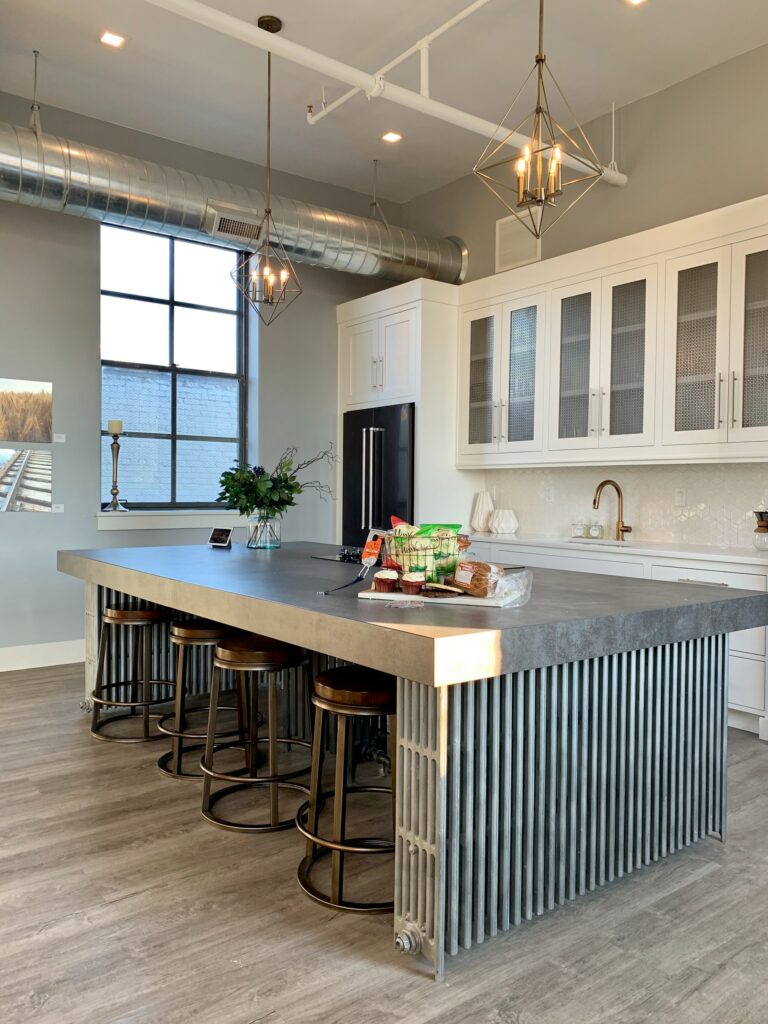
A kitchen island is the main enticement of your kitchen. Hence, it ought to have a distinctive color composition to make it stand out from the rest. Not having a diverse color palette can make it conform with the rest of your kitchen space.
While renovating your kitchen, choose a different and standalone color theme for the island. Or you can opt for the other tabletop crafted from the other material and color complexion.

Related posts:
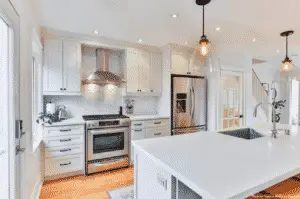 Your Guide to the Best DIY Budget Kitchen Remodel Ideas
Your Guide to the Best DIY Budget Kitchen Remodel Ideas
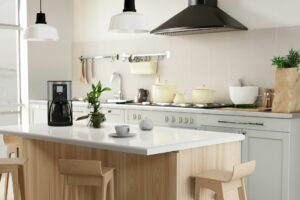 Outdated Kitchen Trends that You Must Stay Away From in 2022
Outdated Kitchen Trends that You Must Stay Away From in 2022
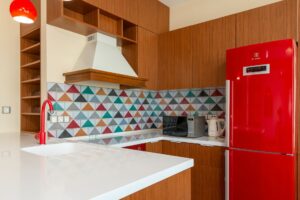 Small Space, Big Style: A Guide to Mobile Home Kitchen Remodel
Small Space, Big Style: A Guide to Mobile Home Kitchen Remodel
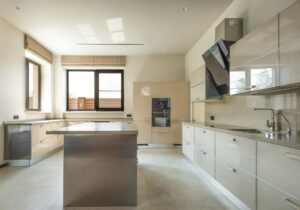 How Tall is a Kitchen Island? And Many More Frequently Asked Questions around Islands Answered by Experts
How Tall is a Kitchen Island? And Many More Frequently Asked Questions around Islands Answered by Experts
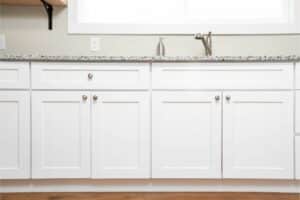 The Timeless Beauty of White Oak Kitchen Cabinets
The Timeless Beauty of White Oak Kitchen Cabinets
